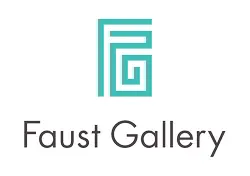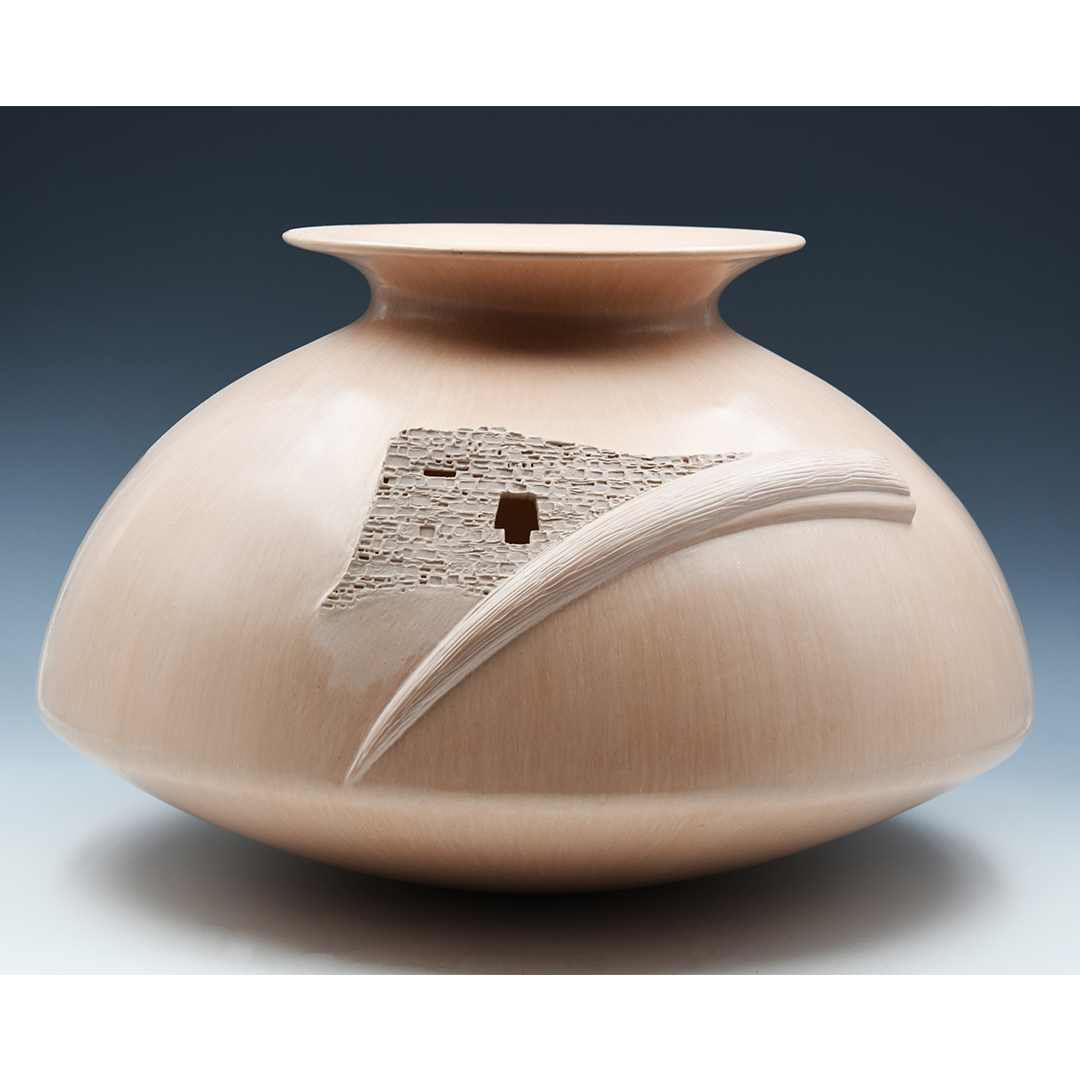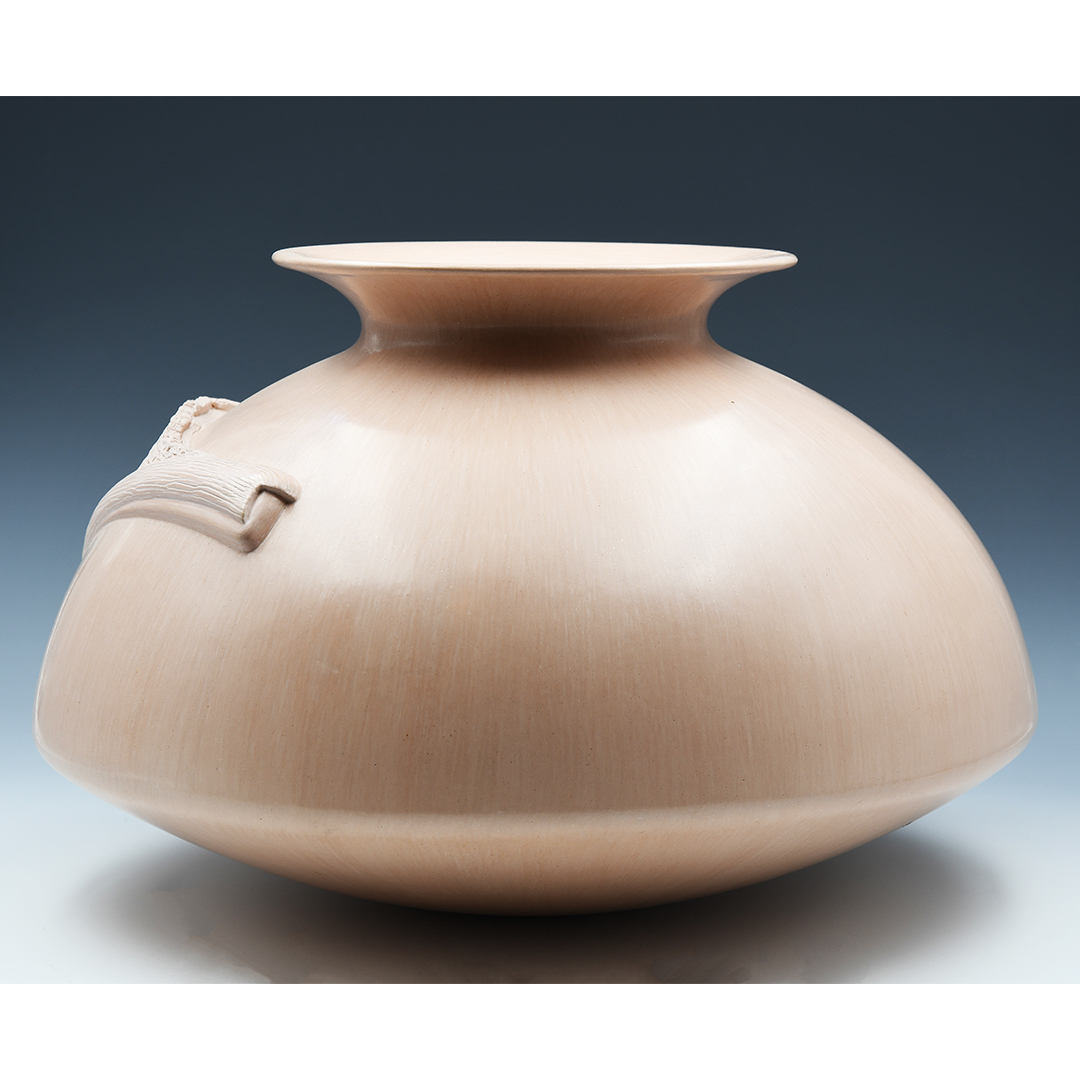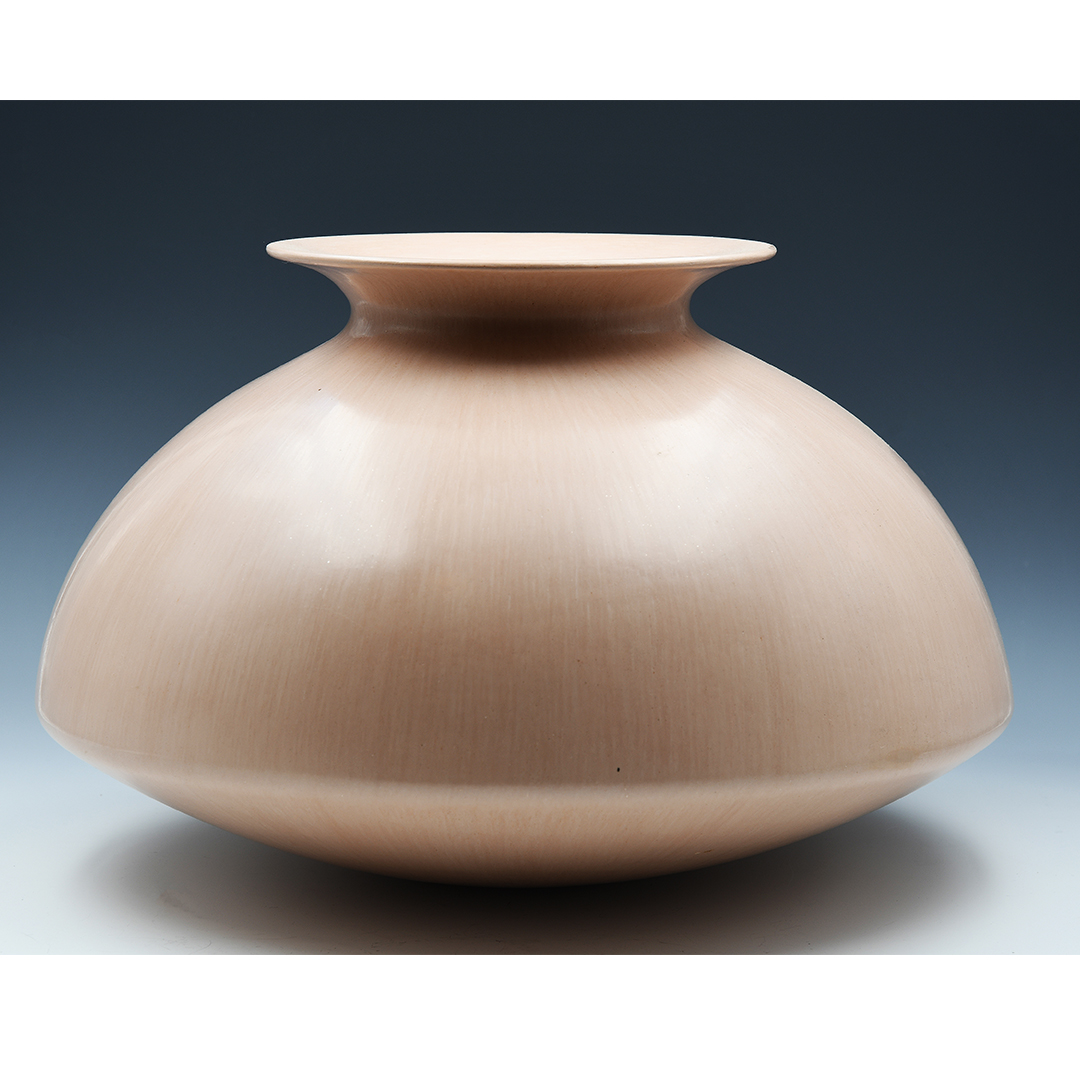I am a second-generation Hopi artist, born beyond the broken pattern—a way of life distinct and often misunderstood by the Western world. As a member of the Coyote Clan, I carry a sacred lineage. In our tradition, it was foretold that our clan would be the one to meet the new world and guide the changes to come. This ancient role—to go before, to bridge worlds—is deeply rooted in who I am and what I create.
Growing up in a world shaped by both traditional Hopi values and Western influences, I am truly a product of two worlds. That duality informs every piece of pottery I make. Our ancestral home of Sikyatki, known for its rich pottery legacy, reflects a long-standing survival skill—adapting art to the times without losing the spirit of its origins.
Under the mentorship of my aunt, Polingaysi Qöyawayma, a revered Hopi educator and potter, I was introduced to the foundational techniques and spiritual philosophy that continue to guide my creative process. Through her patient hand and enduring wisdom, I learned that pottery is not just an art form—it is a way of life, a voice for our cultural and spiritual identity.
My work draws aesthetic inspiration from the Southwestern landscape—its forms, textures, and soft desert hues—combined with oral history, symbolism, and personal research. These influences give rise to evolving themes that connect past and present, honoring our ancestors while embracing contemporary vision.
Through the use of repoussé techniques, I’ve developed a unique style of contemporary Hopi ceramics. While my roots run deep in tradition, I am not bound by it—I am free to innovate. Each piece is an expression of both human experience and spiritual reflection, crafted with the intention to reach for what lies just beyond the visible: the sacred, the subtle, the eternal.
To me, pottery is more than a physical creation. It embodies the earthiness of our Hopi heritage and a spiritual commitment passed down by my grandmother, who once told us:
“We do not walk alone. The Great Spirit walks beside us.
Always know this, and be grateful.”
In the clay, I find a living metaphor. As the prophet Isaiah said:
“We are the clay, the Lord is our potter;
We are all the work of His hand.”
So I work humbly, picking up the most modest of earth’s materials—clay—and through Grace, I find purpose, identity, and everlasting hope. My clay gives me a voice. It gives me an artist’s life.



